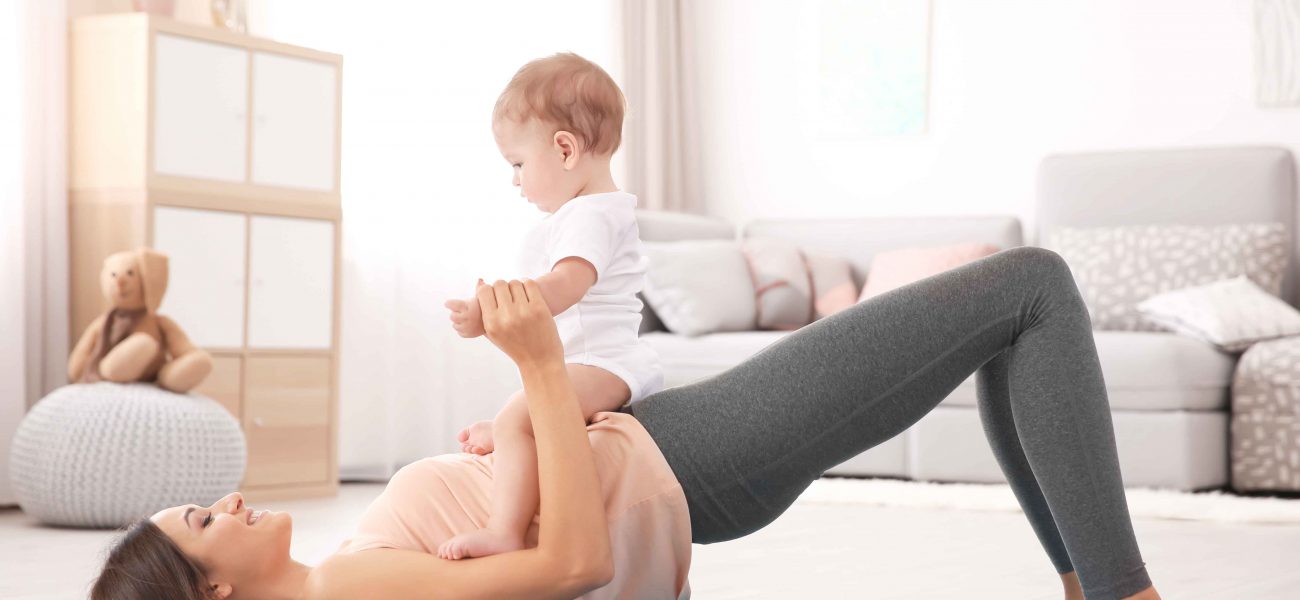Everything you Need to Know about Urinary Incontinence after Childbirth
Incontinence is one of the most undesirable conditions faced by women after childbirth. It is associated with involuntary loss of urine, which dampens their self-esteem and confidence due to the frequent need to head to the washroom.
Furthermore, the depth of bladder problems can vary individually. Some women may experience mild symptoms, while others may have a challenging job to handle. For instance, women delivering the baby by passing through the birth canal can suffer from postpartum incontinence, which happens because of the increased weight or pressure encountered by the uterus during childbirth.
Fortunately, this troublesome incontinence is not a deadly disease and can be treated by altering lifestyle and dietary habits. Here are some effective tips for managing incontinence after childbirth:
● Adult Diapers
The first and foremost step to easing incontinence stress and embarrassment is by wearing adult diaper pants. Lifree offers two types of Adult diaper pants to choose from for tension free living. Our Extra Absorb Pants and Comfort Standard Pants are impeccable products to easily absorb the flow with stretchable and breathable waist band keeping the skin safe and free from irritation, itching, and discomfort.
● Kegel Exercises
Another way to deal with urinary incontinence after childbirth is by practicing kegel exercises regularly. These exercises are necessary for the pelvic area to get back into shape. Doctors also recommend strengthening exercises for incontinence patients for quick relief and substantial results.
Apart from the above-mentioned methods, maintaining a healthy weight and diet also contributes to a decrease in visits to the restroom.
To wrap it up, incontinence is common among women after childbirth. But, like every problem has a solution, this involuntary leakage issue can be managed with patience and effort over time. Till then, put your faith in Lifree Adult Diaper Pants to accompany you in relieving incontinence concerns to the fullest.
FAQ’s
2. Why does urinary incontinence happen after delivery?
Urinary incontinence after delivery is primarily caused by the strain childbirth puts on the pelvic floor muscles, bladder, and nerves. During pregnancy, the growing baby places pressure on the bladder, and during vaginal birth, the muscles supporting the bladder and urethra may stretch or weaken. Hormonal changes and the use of instruments like forceps can further increase the risk. Some women may also experience nerve damage that affects bladder control. These changes can result in difficulty holding urine, especially during physical activities like coughing, sneezing, or running. Although it’s common, it’s important to talk to a doctor if the issue continues, as early treatment can speed up recovery. Strengthening exercises and using hygiene products like absorbent diapers or liners can help manage symptoms while healing.
3. How long does post-childbirth urinary incontinence last?
The duration of urinary incontinence after childbirth varies from woman to woman. For some, it resolves within a few weeks after delivery as the body starts healing and regaining strength. Others may experience symptoms for several months or even longer. Recovery often depends on factors such as the method of delivery, the baby’s size, whether there were complications during labor, and overall muscle strength. Regular pelvic floor exercises, a healthy diet, and staying active can help speed up the recovery process. However, if the incontinence persists beyond six months or starts to interfere with your daily life, it is important to consult a healthcare provider. They may recommend physical therapy, medications, or lifestyle changes to help restore bladder control. With the right care and patience, many women recover fully.
4. What are the different types of urinary incontinence after childbirth?
There are mainly two types of urinary incontinence that women may experience after childbirth: stress incontinence and urge incontinence. Stress incontinence occurs when pressure is placed on the bladder during activities like coughing, sneezing, laughing, or lifting something heavy. This is the most common form after childbirth. Urge incontinence, on the other hand, is when you feel a sudden and intense need to urinate, often resulting in leakage before reaching the toilet. Some women may also experience mixed incontinence, which is a combination of both. Understanding the type of incontinence is important for choosing the right treatment. A doctor can help assess your symptoms and suggest exercises, therapy, or hygiene solutions like absorbent products to manage the condition effectively.
5. Are some women more at risk of postpartum incontinence?
Yes, certain factors can increase a woman’s risk of experiencing urinary incontinence after childbirth. These include vaginal delivery, especially with a large baby or prolonged labor, and the use of instruments like forceps during birth. Women who are older, overweight, or have had multiple children may also be more likely to experience this condition. Additionally, if there’s a family history of incontinence or if the woman experienced incontinence during pregnancy, the risk increases. While not all women will have this issue, understanding these risk factors can help prepare and manage symptoms early. Regular pelvic floor exercises before and after pregnancy, maintaining a healthy weight, and staying physically active can reduce the chances of developing postpartum urinary leakage.
6. Can urinary incontinence after childbirth be prevented?
While it may not always be fully preventable, there are steps women can take to lower the chances of urinary incontinence after childbirth. Strengthening the pelvic floor muscles through exercises like Kegels during pregnancy can significantly reduce the risk. Maintaining a healthy weight and avoiding constipation also helps reduce pressure on the bladder. Practicing good posture and lifting techniques during pregnancy can provide additional support to the core and pelvic muscles. After delivery, continuing these exercises and staying physically active supports faster recovery. In some cases, medical intervention during labor may be unavoidable, but with postnatal care, many symptoms improve over time. While prevention isn't guaranteed, being informed and prepared goes a long way in reducing the severity and duration of postpartum urinary issues.
7. When should I see a doctor for urinary incontinence after delivery?
It’s normal to experience some bladder control issues after childbirth, but if the symptoms persist for more than six weeks or worsen over time, you should consult a doctor. Also, if the leakage interferes with daily activities, affects your sleep, or causes emotional stress, medical attention is important. A doctor can evaluate whether the issue is due to muscle weakness, nerve damage, or another underlying condition. Treatment options may include physical therapy, medication, or lifestyle changes. In some cases, further tests may be needed to rule out infections or other concerns. It’s always better to seek advice early so you can manage the symptoms and regain your quality of life as soon as possible.
8. What are some home remedies to manage urinary incontinence post-childbirth?
There are several home remedies and lifestyle changes that can help manage urinary incontinence after childbirth. Pelvic floor exercises (Kegels) are the most recommended remedy to strengthen muscles that support the bladder. Maintaining a healthy diet rich in fiber can prevent constipation, which puts extra pressure on the bladder. Drinking enough water (but not too much) and limiting caffeine or citrus drinks may help reduce irritation. Creating a schedule to use the restroom regularly can also prevent sudden urges. Wearing comfortable, absorbent pads or adult diapers can help avoid leaks and improve confidence while you recover. Lastly, staying active with light exercises and walking can improve overall muscle tone and support healing.
9. Can adult diapers help women with postpartum incontinence?
Yes, adult diapers can be a helpful solution for women dealing with urinary incontinence after childbirth. They offer a sense of safety and comfort, especially during the initial weeks when leaks are more frequent. Many modern adult diapers are designed to be slim, comfortable, and discreet under clothing, so women can go about their day without worry. These products are especially useful during travel, sleep, or when access to a bathroom is limited. While adult diapers are not a permanent solution, they are an excellent temporary aid during recovery. It’s important to pair their use with pelvic exercises and medical guidance for long-term improvement. Choosing the right size and absorbency level ensures better comfort and leak protection.
10. Will I have urinary incontinence after every childbirth?
Not necessarily. Having urinary incontinence after one childbirth does not mean you will experience it after every delivery. However, the chances can increase with each pregnancy, especially if the previous labor was difficult or if the pelvic floor muscles weren’t strengthened. Factors like age, delivery method, baby’s weight, and general health also play a role. If you had incontinence after your first delivery, it’s a good idea to focus on pelvic floor health before and during your next pregnancy. With the right exercises and medical advice, many women go through subsequent pregnancies without facing the same issue. Each experience is unique, and proactive care can make a big difference.






















